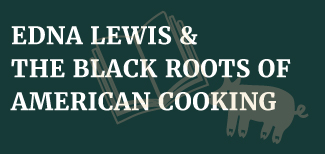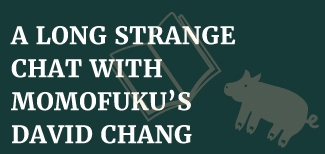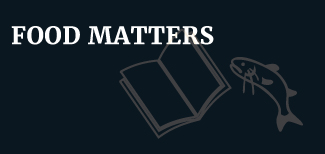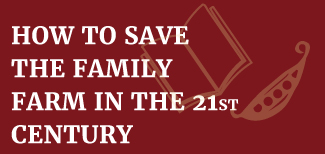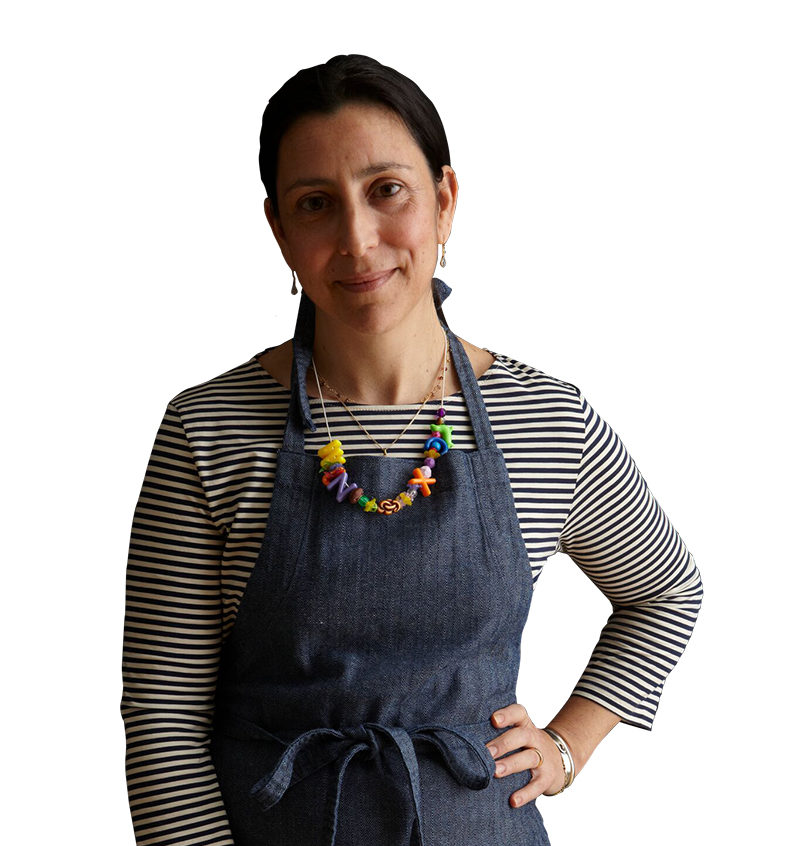Cornbread Nation 2015 Best of Southern Food Writing
For a dozen years, the Southern Foodways Alliance published Cornbread Nation, a semi-annual collection of the best writing about Southern foodways. We now bring you a curated digital compilation of the writing that stuck with us in 2015—words on Southern food that challenged, introduced new worlds, or found their way into dinnertime conversations.
 This selection of ten pieces represents an array of voices and publications. In addition to great food writing, we’ve included one great piece of food looking, in the form of a photo essay by Tom Rankin, and a piece of what we’ll call food listening—that is, Todd Kliman interviewing David Chang. We whittled our choices down from a slew of recommendations by SFA staff, and we hope you enjoy diving into these reads. (If you’re hungry for more, treat yourself to one—or all!—of the seven print editions of Cornbread Nation.)
This selection of ten pieces represents an array of voices and publications. In addition to great food writing, we’ve included one great piece of food looking, in the form of a photo essay by Tom Rankin, and a piece of what we’ll call food listening—that is, Todd Kliman interviewing David Chang. We whittled our choices down from a slew of recommendations by SFA staff, and we hope you enjoy diving into these reads. (If you’re hungry for more, treat yourself to one—or all!—of the seven print editions of Cornbread Nation.)

Kiese Laymon for The Oxford American
“From six in the morning until five in the afternoon, five days a week, for thirty years, my Grandmama Catherine’s fingers, palms, and wrists wandered deep in the bellies of dead chickens.” Read more.
Francis Lam for The New York Times Magazine
“Foods, Lewis argued, are always temporal, so all good tastes are special. And when you have only a few chances every year to make something, you make it well.” Read more.
Watch Kiese Laymon’s Invocation at the 2015 SFA Symposium.
Rachel Martin for The Bitter Southerner
“For almost 70 years, hot chicken was made and sold primarily in Nashville’s black neighborhoods. I started to suspect the story of hot chicken could tell me something powerful about race relations in Nashville, especially as the city tries to figure out what it will be in the future.” Read more.
Todd Kliman for the Washingtonian
“I always want diametrically opposite things at the same time. To me, that’s balance.” Read more.
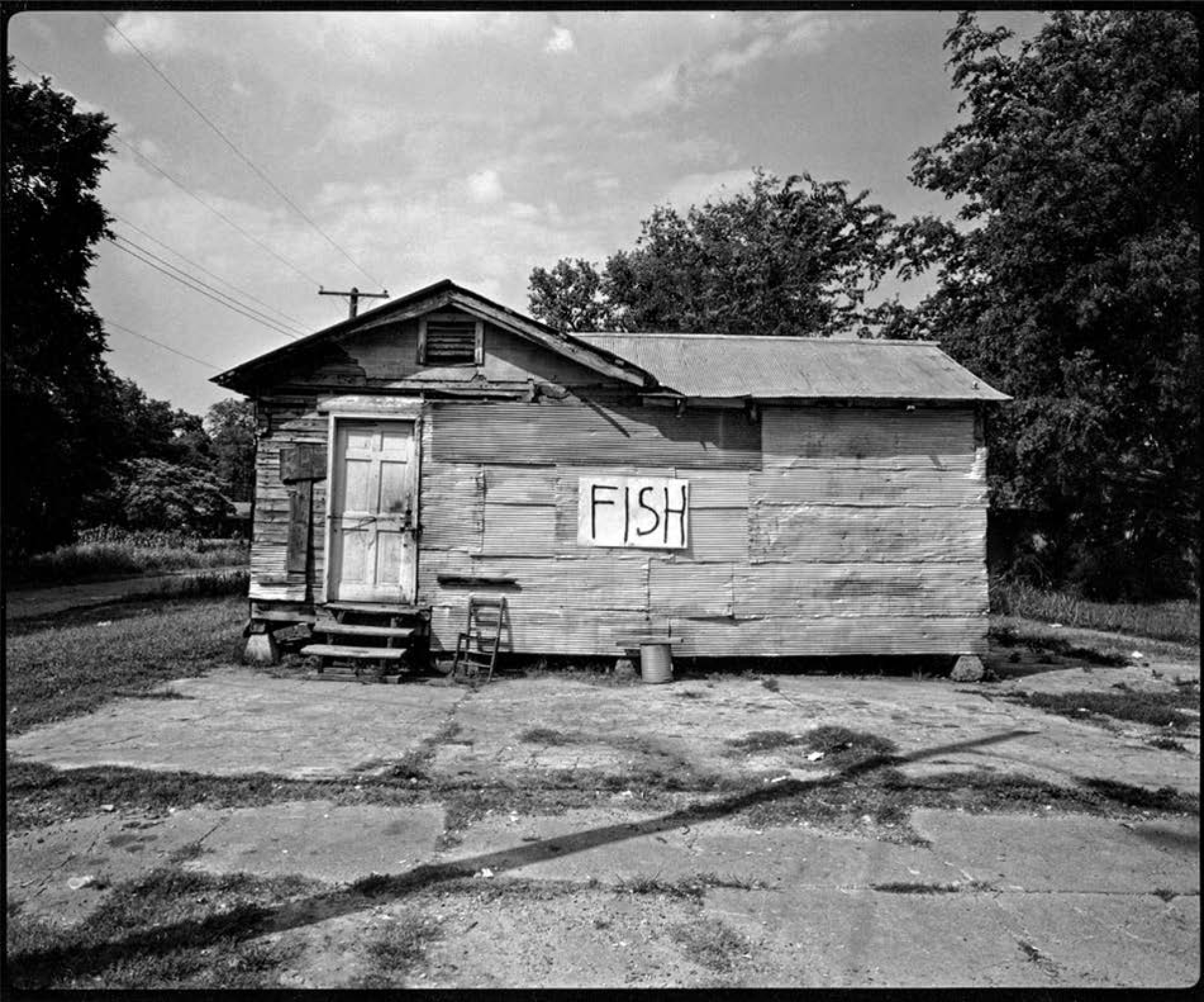
Tom Rankin for Southern Cultures
“I told him I wanted the catfish, that it was my first, that it was bigger, that I had caught it. We should keep what we caught, I explained.” Read more (pdf).
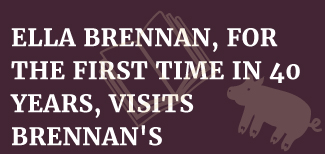
Todd Price for The Times-Picayune
“Ella Brennan stepped out of the car on Royal Street in front of Brennan’s, the family restaurant she had once managed as a young woman. She had not been inside for 40 years.” Read more.




